All Categories
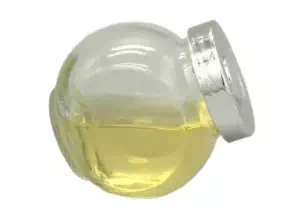
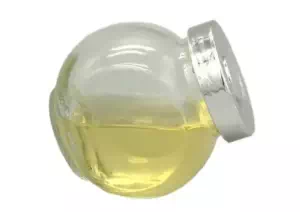
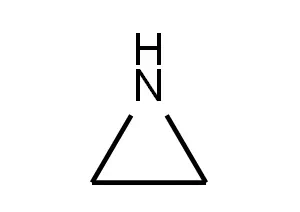
POLYETHYLENEIMINE CAS 9002-98-6 PEI
Polyethylene imine (PEI) is a cationic polymer with abundant amino groups (primary, secondary, tertiary), which has attracted widespread attention due to its high charge density and good proton buffering ability. Its unique structure endows it with multiple functions, making it widely used in many fields.
CAS : 9002-98-6
Formula : C2H5N
Mol. wt. : 43.07
EINECS : 618-346-1
| CAS | 9002-98-6 |
| Molecular formula | C2H5N |
| Molecular weight | 43.07 |
| EIENCS | 618-346-1 |
| Form | Liquid |
| Melting point | 59-60°C |
| boling point | 250 °C |
| Density | 1.030 g/mL at 25 °C |
| Solubility | Soluble in water. |
| PKA | / |
| Color | Light yellow liquid |
| Storage temp | 2-8°C |
The core value of polyethyleneimine (PEI) as a catalyst aid lies in its multifunctionality: it can stabilize metal nanoparticles, regulate metal electronic properties, provide alkaline sites, promote mass transfer and enrichment of reactants, and enhance carrier anchoring. This makes it play an irreplaceable role in multiple key catalytic fields such as CO2 capture and conversion, precious metal catalysis (fuel cells, selective hydrogenation/oxidation), non precious metal catalysis, biomass conversion, organic synthesis, etc. One of the key strategies for designing high-performance catalysts is to select PEI with appropriate molecular weight, branching degree, and loading amount, and effectively combine it with the carrier and active metal components.
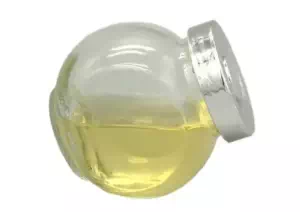
1. Water treatment:
Flocculant/coagulant: As an efficient cationic organic polymer flocculant, it is used to treat industrial wastewater (such as printing and dyeing, papermaking, food processing wastewater) and urban sewage. It effectively removes suspended particles, colloids, organic matter, and anionic pollutants through charge neutralization and adsorption bridging.
Sludge dewatering agent: improves the dewatering performance of sludge.
2. Biomedical field:
Gene transfection: PEI (especially linear or branched low molecular weight) is one of the most commonly used and efficient non viral gene vectors. Its positively charged amino group can form a complex (polyethyleneimine) with negatively charged DNA/RNA, protecting the nucleic acid and promoting its entry into the cell.
Drug delivery: used as a carrier to construct nanoparticles or hydrogels for delivering anticancer drugs, proteins, siRNAs, etc., to achieve controlled release and targeted delivery.
Antibacterial materials: Their cationic properties can damage bacterial cell membranes and are used to prepare antibacterial coatings, dressings, or composites with other materials.
Biosensors/Diagnostics: Used for immobilizing biomolecules such as enzymes and antibodies, and constructing biosensors or diagnostic platforms.
3. Paper and textile industry:
Paper making wet strength agent/retention and filtration aid: improves the wet and dry strength of paper, enhances the retention of fibers and fillers, and improves water filtration performance.
Textile auxiliaries: used as formaldehyde free fixing agents (to improve dye fastness), anti-static agents, softener components, and flame retardant finishing agents.
4. Industrial processes and materials:
Adhesive: Used as a wood adhesive, laminated board adhesive, glass fiber wetting agent, etc., providing good bonding performance and water resistance.
Surface treatment agents: used for metal anti-corrosion pretreatment, mineral flotation, pigment dispersion stabilization, glass and plastic surface modification to enhance wetting or adhesion.
Coatings and ink additives: improve rheology, dispersion stability, and adhesion.
Flocculation separation: used in industries such as fermentation, pharmaceuticals, and hydrometallurgy for the separation and purification of cells, proteins, or target products.
5. Catalytic field (as mentioned earlier):
Catalyst additives/carriers/stabilizers: Stabilize metal nanoparticles (prevent agglomeration), provide alkaline sites, regulate electronic properties, enrich reactants (such as CO ₂), used for CO ₂ capture and conversion (hydrogenation, cycloaddition), fuel cells, selective hydrogenation/oxidation, biomass conversion, etc.
Solid alkali catalyst: directly used as an alkaline catalyst for Knoevenagel condensation and other reactions.
6. Personal care and daily chemical products:
Cosmetic additives: used as hair conditioners (anti-static, improving combing), thickening agents and stabilizers for skincare products (safety should be taken into account).
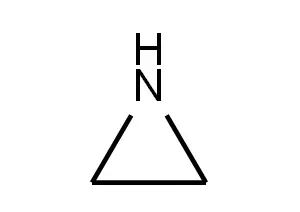
Polyethylene imine (PEI) has the following safety information:
1.oxicity
Acute oral toxicity: belongs to category 4 (toxic), harmful when swallowed.
Eye injury: Belongs to category 2 (severe eye injury/irritation).
Aquatic environmental impact: Toxic to aquatic organisms, long-term exposure may cause sustained harm.
2.Suggestions for safe use
Avoid skin contact and inhalation, and wear protective equipment during operation.
Store in a sealed, dark, ventilated and dry place, away from humid and hot environments.
* Prompt reply and 24 hours online, professional team to provide best price and high quality product.
* Sample testing support.
* Every batch of products will be tested to ensureits quality.
*The packing also can be according the customers` requirment.
*Any inquiries will be replied within 24 hours.
*we provide Commerical Invoice, Packing List, Bill of loading, COA , Health certificate and Origin certificate. If your markets have any special requirements, let us know.